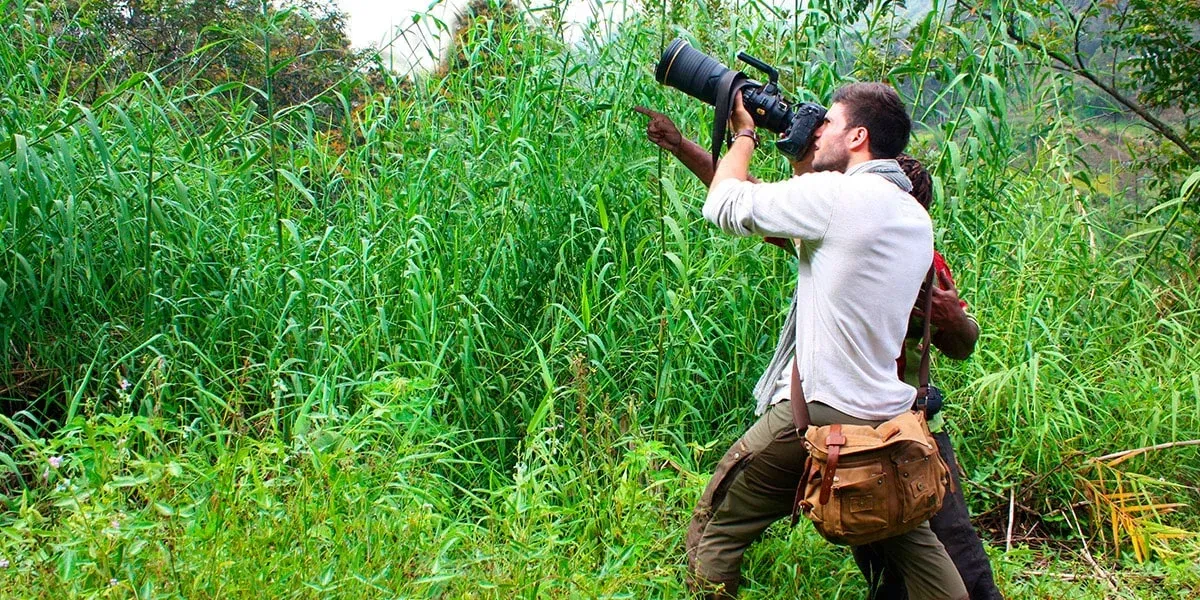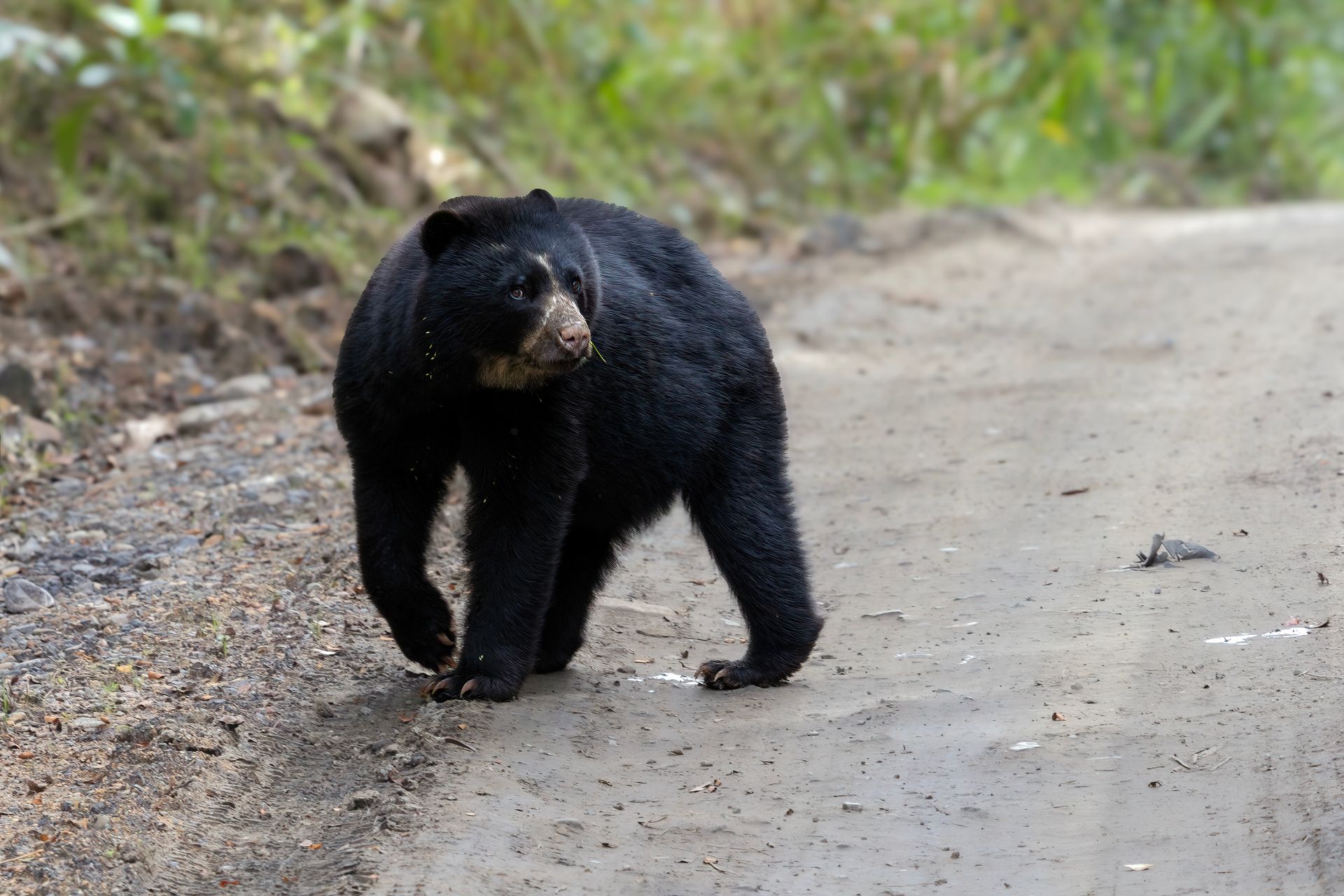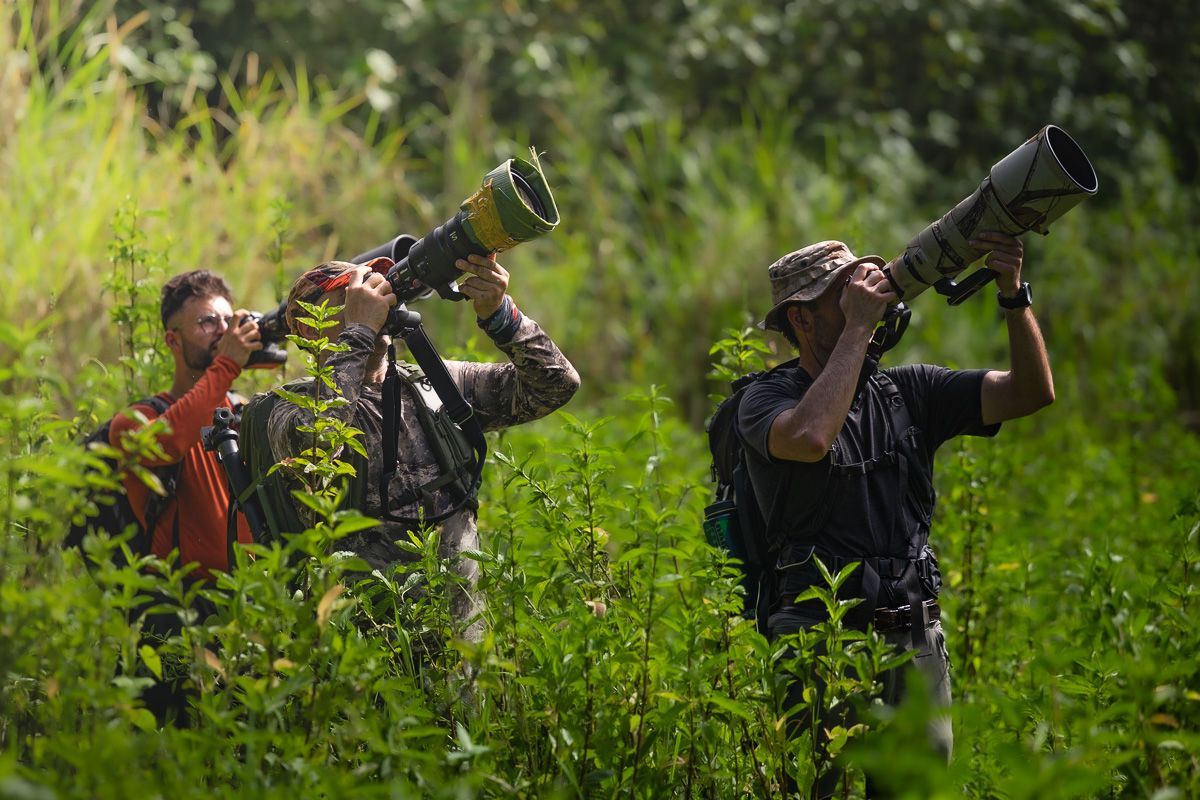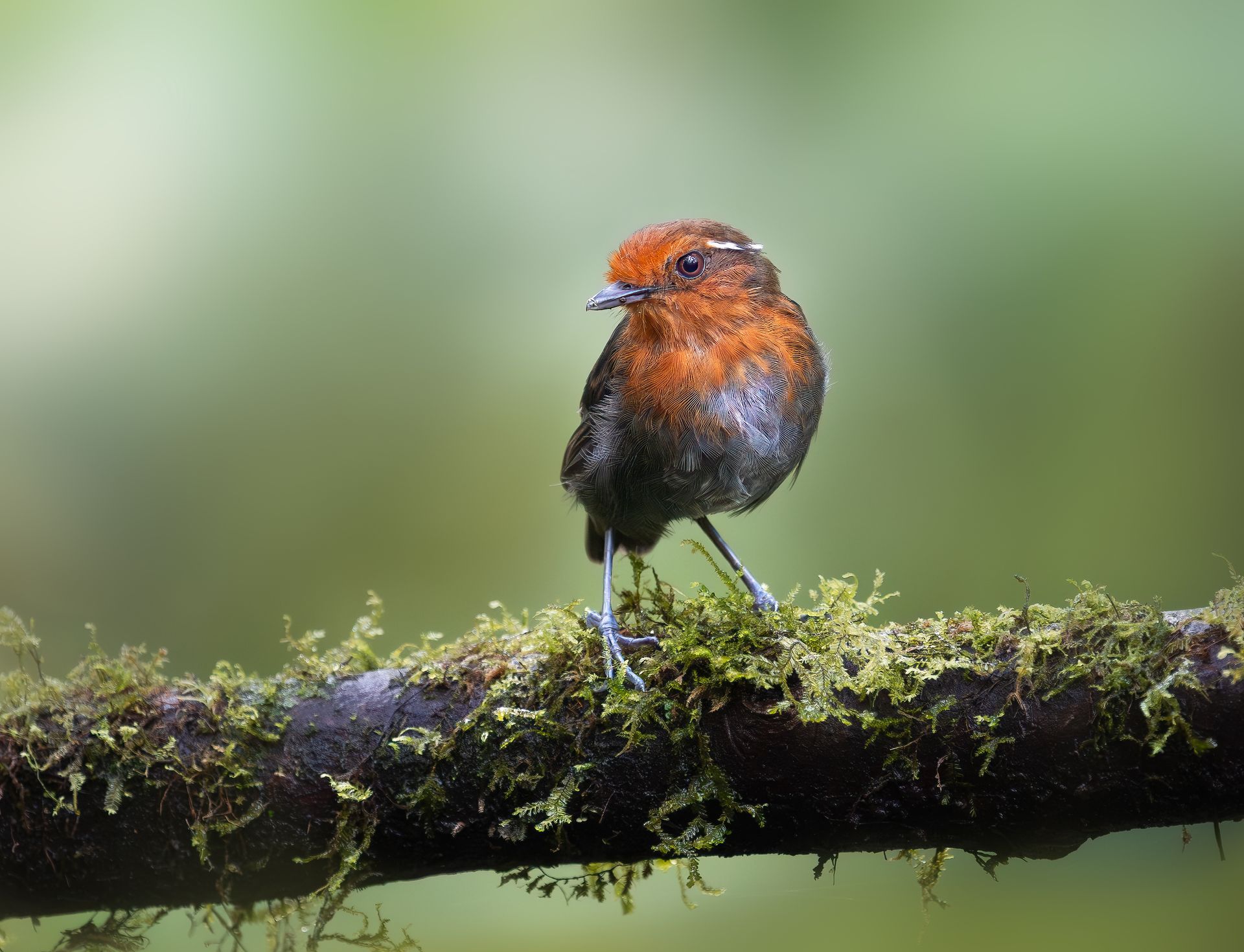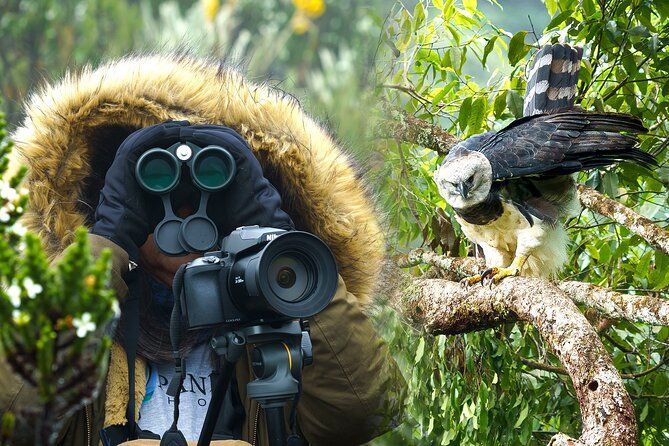Cultural Photography: Colombia’s Vibrant Festivals and Traditions
When most people think of Colombia, they picture lush rainforests, soaring mountains, and colorful birds. But beyond its natural wonders, Colombia offers something equally captivating: a rich tapestry of festivals, traditions, and cultural celebrations that bring its communities to life in bursts of color, music, dance, and storytelling.
For photographers, these cultural moments are a dream — filled with emotion, energy, and vibrant visual details that tell the story of Colombia’s diverse identity. At Retorno Photo Tours, we help travelers immerse themselves in these experiences, offering guidance on where, when, and how to capture authentic moments that go beyond the surface.
In this post, we’ll explore some of Colombia’s most iconic festivals and traditions and share tips on how to photograph them with creativity and respect.
Why Colombia’s Festivals Are a Photographer’s Dream
Colombian festivals blend indigenous, African, European, and modern influences, creating events that are visually and emotionally rich. Each celebration offers:
- Dynamic action: Parades, dancers, musicians, and performers in constant movement.
- Vibrant color: Costumes, masks, and decorations designed to dazzle the eye.
- Raw emotion: Pride, joy, reverence, and passion on the faces of participants.
- Unique settings: From historic town squares to rural villages and coastal cities.
Photographing these festivals allows you to tell deeper stories of Colombia — stories of resilience, creativity, and community.
Must-Experience Festivals for Cultural Photography
Carnaval de Barranquilla
Recognized as a Masterpiece of Oral and Intangible Heritage by UNESCO, this is one of the largest and most spectacular carnivals in the world.
Expect:
- Costumed dancers in vibrant, intricate attire
- Giant puppets, floats, and masks
- Cumbia and mapalé rhythms filling the streets
- A mix of satire, tradition, and celebration
Photography tips:
- Arrive early to scout locations with clean sight lines.
- Use a fast shutter speed to freeze dancers’ motion.
- Capture wide shots of parades, then switch to tighter compositions for details like beads, feathers, and facial expressions.
Feria de las Flores (Medellín)
Every August, Medellín blooms in celebration of its flower-growing tradition.
Expect:
- The famous silleteros (flower bearers) carrying enormous, intricate flower arrangements
- Parades of classic cars
- Musical performances and cultural exhibitions
Photography tips:
- Position yourself on hillsides or corners where the parades slow down.
- Use depth of field creatively to highlight flowers against the crowd.
- Stay for evening events where city lights add another layer of atmosphere.
Blacks and Whites’ Carnival (Pasto)
This unique festival in southern Colombia celebrates diversity, unity, and the blending of cultures.
Expect:
- Day of the Blacks: participants paint their faces black in symbolic reversal of colonial-era norms
- Day of the Whites: everyone wears white and covers each other in talcum powder
- Elaborate floats and artistic creations
Photography tips:
- Protect your gear — powder and paint will get everywhere!
- Seek moments of interaction between participants for powerful storytelling.
- Use contrast — black and white elements create dramatic compositions.
Holy Week (Semana Santa)
Across Colombia, towns and cities mark Holy Week with processions and ceremonies of deep spiritual significance.
Expect:
- Candlelit nighttime processions
- Ornate religious statues and icons carried through streets
- Participants in traditional robes
Photography tips:
- Respect the solemnity — be discreet with your camera.
- Use low-light techniques: wide apertures and high ISO.
- Focus on faces and hands to capture emotion and devotion.
Wayuu Culture in La Guajira
While not a festival, visiting the Wayuu communities offers photographers the chance to document vibrant indigenous traditions.
Expect:
- Beautifully woven mochilas (bags) and hammocks
- Unique ceremonies tied to rites of passage and seasons
- Striking desert and coastal landscapes as backdrops
Photography tips:
- Always ask permission before photographing individuals.
- Highlight the connection between people and the land.
- Emphasize textures — fabric, sand, sea, and sky.
General Tips for Cultural Photography in Colombia
1. Prioritize Respect and Consent
Always approach cultural photography with sensitivity and humility. Some events are sacred or deeply personal — take time to understand their significance and ask before photographing individuals up close.
2. Use Versatile Gear
Bring a combination of:
- A wide-angle lens for capturing scenes and parades
- A telephoto lens for isolating details and shooting from a respectful distance
- A fast prime lens for low light and portraits
3. Pay Attention to Light and Shadow
Festivals often happen outdoors under bright sun or at night with dramatic lighting. Work with the light:
- Look for side lighting on dancers and floats to enhance depth
- Use shadows creatively in nighttime scenes
- Consider fill flash cautiously to avoid flattening natural ambiance
4. Tell Complete Stories
Don’t only focus on the main action. Look for:
- The hands of artisans preparing costumes
- The quiet moments of participants before parades begin
- The reactions of children and elders watching from the sidelines
These moments add depth to your photo essays.
5. Prepare for the Unexpected
Festivals are dynamic. Stay flexible, move with the crowd, and let spontaneous moments guide your lens.
Why Photograph Colombia’s Culture with Retorno Photo Tours?
At Retorno Photo Tours, we believe cultural photography is about more than images — it’s about connection, understanding, and shared experience. Our small-group and custom tours are designed to:
- Give you insider access to Colombia’s most photogenic festivals
- Help you engage ethically with local communities
- Support you in capturing both iconic scenes and intimate moments
With our team’s deep local knowledge, we help you be in the right place at the right time — with the right approach.
Final Thoughts
Colombia’s festivals and traditions offer endless inspiration for photographers seeking color, energy, and authenticity. Every celebration tells a story — of history, identity, and joy. As a photographer, your challenge and opportunity is to honor those stories with images that feel alive and true.
If you’re ready to experience Colombia’s cultural heartbeat through your lens, join Retorno Photo Tours for a journey where the rhythm of the country meets the art of photography.




